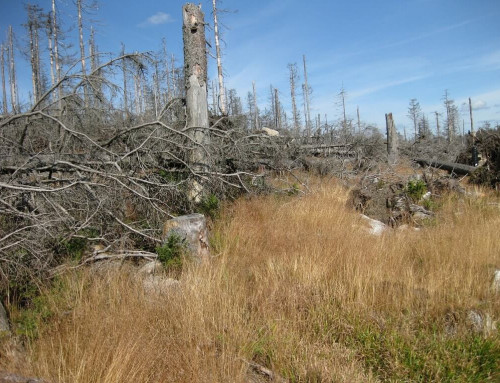
An aerial view of Harare. Image credit Bulawayo24.com
ZIMSEC O Level Geography Notes: Settlements: Urban Settlements
The structure of Urban settlements
- This is the shape or form of urban areas in relation to land-use models.
- The structure of urban settlements is also known as urban morphology.
- Models are used to describe and explain the structure of cities.
- A model is a systematic description of an object in this case a typical city.
- There are three urban land use models viz:
- The concentric model (1924) by Burgess
- The Sector Model (1939) by Hoyt
- The Multi-nuclei Model (1945) by Harris and Ullman
- These models attempt to describe what a typical town/city or urban settlement looks like, how it came to be what it is (how it developed over the years) and why
Factors that affect land use in urban areas
- The pattern of urban growth and land use depends on a number of factors including:
- Communication- This includes roads, railway lines, telephone/fiber lines etc. For example factories tend to be located along/near railway lines and roads for them to receive raw materials easily and ferry goods to the market. The Central Business District (CBD) is at the center of towns and easily accessible from all sides of town hence land tends to be expensive here. Only those activities that can pay for this land are found in the CBD e.g. Banks, Offices and Insurance businesses.
- The nature of the land for example whether it is gentle in terms of terrain.
- The cost of the land. For example competition for land at the CBD results in steep costs so only businesses that can pay for this land our found there.
- The rent or rates payable. This is similar to the cost of the land.
- The position of the plots in relation to other settlements.
- The size of the piece of land. The smaller the land the larger the size.
Types of Land uses in urban areas
- Land use i.e. what the land is used for in urban area differs with each area.
- Although land uses are usually mixed for example some industries can be found in residential areas land uses tend to be defined.
- Similar land uses attract each other and push other land uses out.
- For example if more and more industries locate in a residential area more and more people will leave due to things like pollution.
- Most areas have one dominant land use.
- There are different types of land uses in urban areas.
- These can be classified into:
- Industrial
- Commercial
- Residential
- In some areas these land uses may mix.
Historical developments of urban settlements
- Most modern towns in Africa and Europe are influenced by industrialization
- As new factories were built large numbers of works migrated from rural areas to towns.
- The large influx of people led to pressure on urban land and the development of urban planning.
- Competition for land in the CBD led to a rise in its cost, rentals and rates.
- Functions that could not afford this land were pushed out of the city center to less expensive urban outskirts.
- Wealthy individuals also moved out of the CBD to escape overcrowding and smoke from industries to the peripheral areas.
- They could build larger houses with gardens and recreational parks.
- For example Borrowdale.
- Low income and unemployed migrates moved nearer to the places of employment at the city center. For example Avenues houses and flats and Mbare.
- Housing stands became smaller and smaller.
- Semi detached housing and squatter camps became a common feature in inner-city zones.
- For example Hopely farm.
To access more topics go to the O Level Geography Notes page



